11 December 2024
Who doesn’t love a good board game? Whether it's plotting out your next move in a strategy-heavy showdown or rolling dice in a fast-paced dungeon crawler, board games have a special way of bringing people together. But let’s talk about one particular element of modern board games that’s practically stealing the spotlight these days—miniatures. You know, those tiny, detailed figures that look so cool you almost forget you’re supposed to play the game and not just stare at them.
Miniatures have become such a huge thing in tabletop gaming that Kickstarter campaigns seem to use them as their secret weapon. Ever noticed how a board game project with a ton of miniatures tends to rake in the cash? Coincidence? I think not. But what exactly is it about these little plastic (or sometimes resin) figures that makes backers throw their wallets at the screen? Let’s dive in! 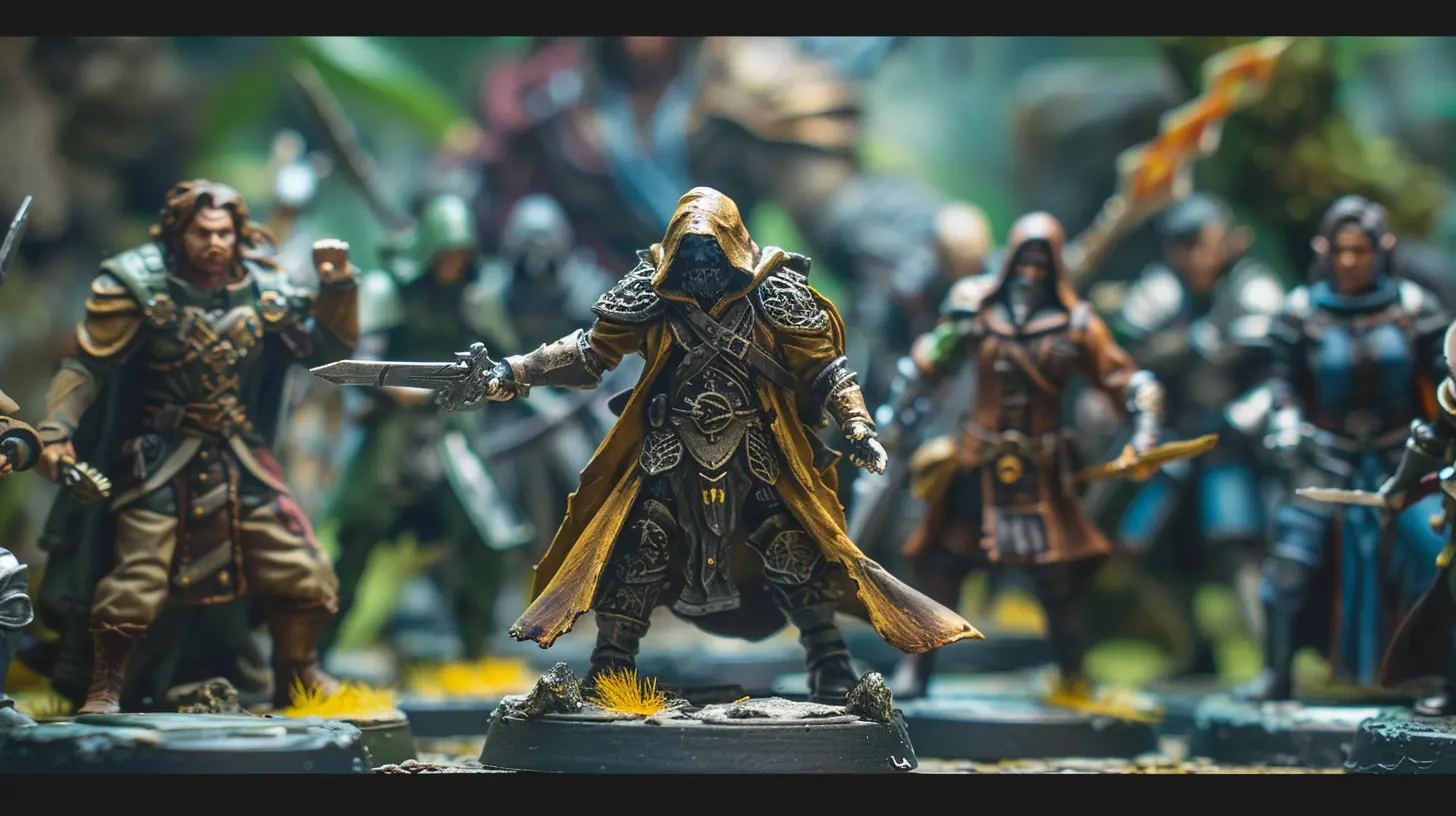
What’s the Big Deal with Miniatures?
Let’s get real: miniatures are basically the eye candy of board games. They’re the cherry on top, the frosting on the cake. For some people, they’re even the whole meal. Imagine opening a game box and being greeted by an army of goblins, knights, or space marines, all intricately designed and ready for battle. It’s like Christmas morning, but instead of socks, you get epic little warriors.Miniatures add a tactile, visual element to games that cardboard tokens just can’t compete with. They make the game world come alive, dragging you into the story and making you feel like you’re really commanding an army or sneaking through a sci-fi labyrinth. Plus, let’s not ignore the fact that they’re just straight-up fun to collect. It’s like Pokémon, except instead of catching them all, you’re backing them all on Kickstarter. 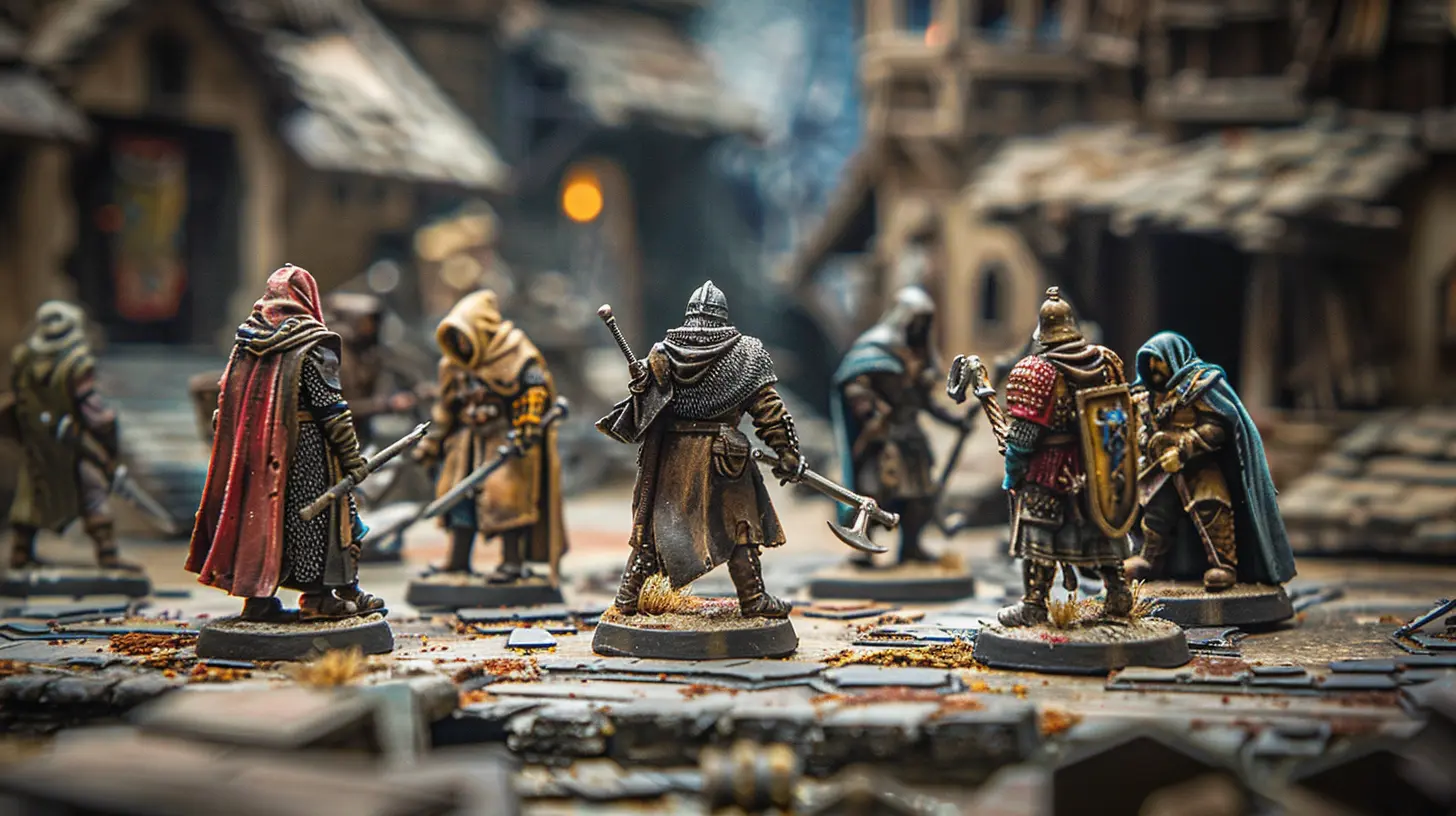
Kickstarter and the Miniature Boom
Kickstarter has been instrumental in what I like to call the “Miniature Renaissance” of board gaming. Back in the day, miniatures were mostly reserved for expensive war games or niche hobbies like Dungeons & Dragons. But with Kickstarter, game developers found a way to bring these tiny masterpieces to a much wider audience.Here’s the kicker (pun intended): miniatures sell games. If you’re a designer looking to crowdfund your dream board game, slapping a few jaw-dropping miniatures into your campaign can make all the difference. In fact, a lot of backers admit that even if they’re not 100% sold on the gameplay, they’ll back a project just for the minis.
Ever heard of Zombicide? It’s practically a poster child for this phenomenon. Cool Mini or Not (the developers) flooded their campaign with drool-worthy zombie and survivor miniatures, and the fans ate it up. The result? Millions of dollars raised. And they’re not alone—games like Gloomhaven, Kingdom Death: Monster, and Nemesis followed the same formula and hit gold. 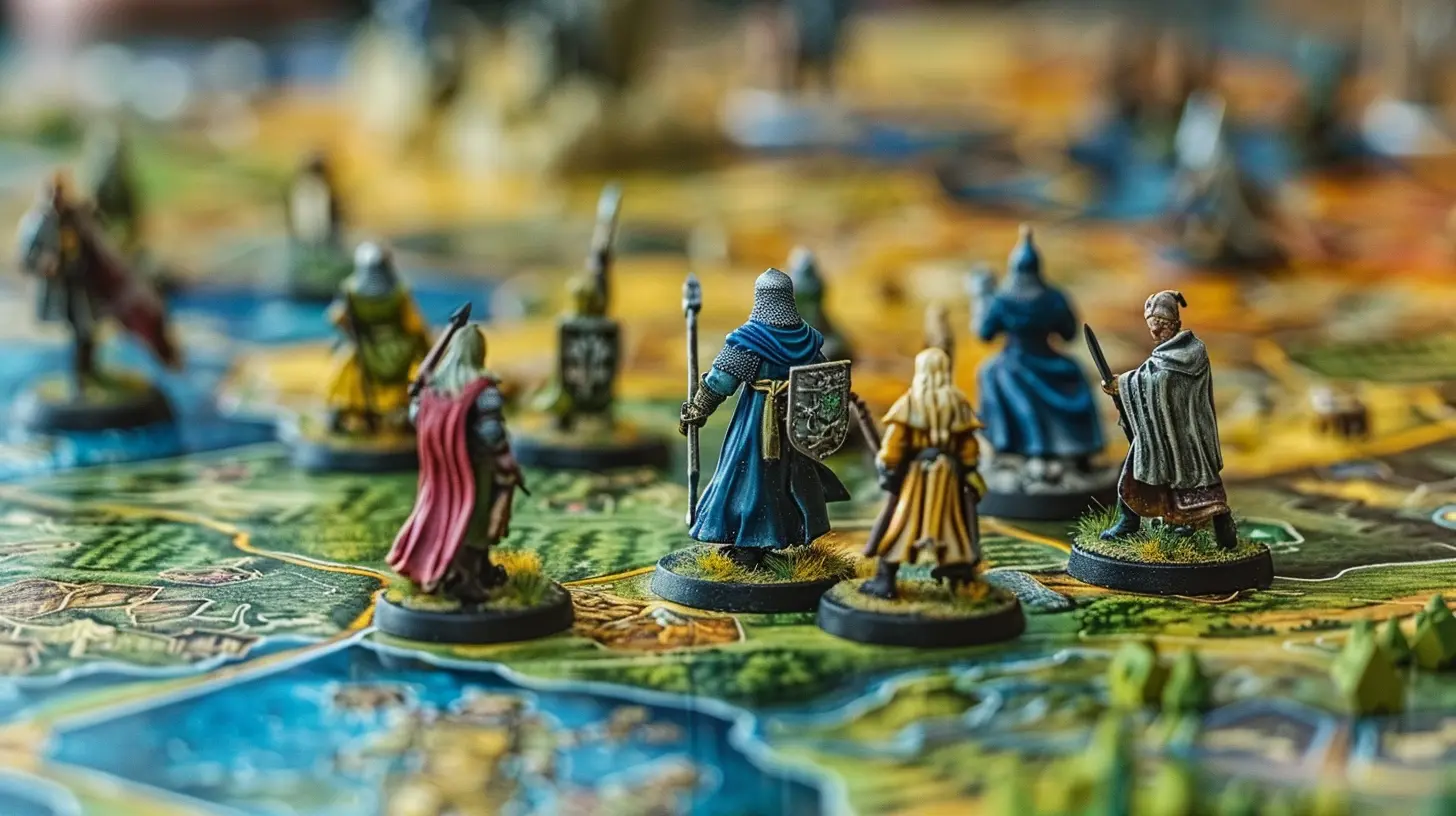
Why Do Miniatures Drive Backers Crazy?
Okay, so miniatures look cool. Big whoop, right? Well, let’s break down why they really get people so hyped:1. Visual Appeal (Duh)
We’re visual creatures. Beautiful miniatures catch our eyes and ignite our imaginations. They’re not just game pieces; they’re tiny works of art. Ever seen a dragon miniature with its wings spread out, every scale sculpted like the artist’s life depended on it? That’s the kind of detail that gets people clicking the “Back This Project” button.2. Replayability Through Immersion
Miniatures make the game world feel more real. When you’re playing a dungeon-crawling adventure, moving a detailed wizard or rogue across the board feels way more immersive than pushing a cardboard token. And the best part? That immersion keeps you coming back for more. Suddenly, a game becomes more than just a game—it’s an experience waiting to be relived.3. Collectability
Let’s be honest, we all have a bit of that collector gene. Whether it’s stamps, Funko Pops, or cats (looking at you, cat people), miniatures scratch that itch. Backers see those stretch goals on Kickstarter—“Unlock 12 bonus minis at $500,000!”—and they can’t resist. It’s like a treasure chest that keeps giving the more people join the hunt.4. Customizability for Creative Souls
For the artsy folks out there, miniatures are blank canvases. Painting minis has become a hobby in itself, with entire YouTube channels and communities dedicated to the craft. Kickstarter backers love the idea of getting a game AND a bunch of figures they can bring to life with their own brushes and paints.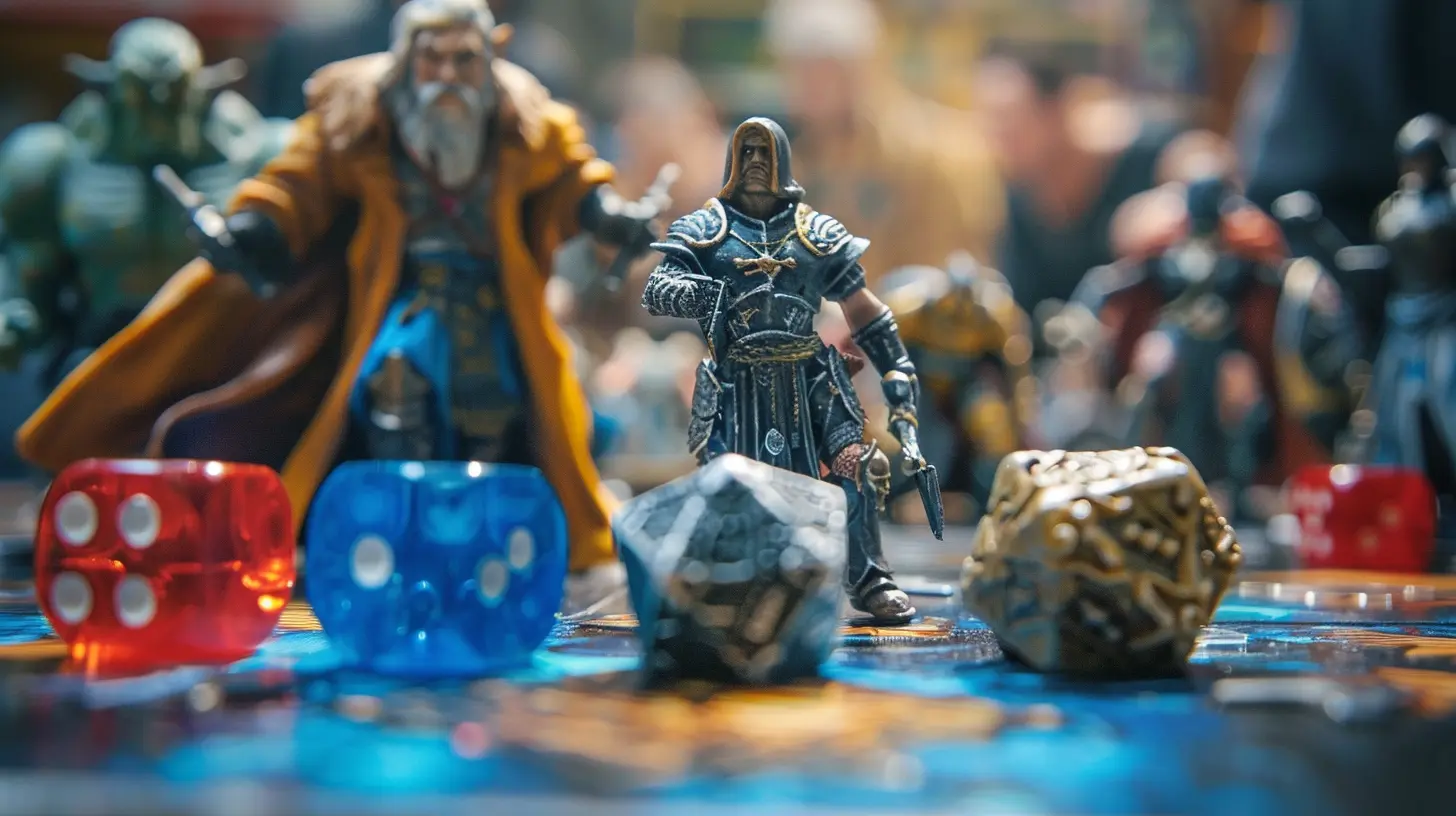
The Dark Side of Miniature Mania
Now, before we start building a shrine to all things miniature, let’s talk about the flip side—because, let’s face it, nothing’s perfect.Cost: Not Just Pocket Change
Miniatures are expensive to produce, and that cost gets passed on to the consumer. If you’ve ever backed a Kickstarter and winced at the $150+ price tag, you know what I’m talking about. Sure, some campaigns offer tons of minis to justify the price, but not everyone can afford to drop that kind of cash on a board game.Storage Woes: Where Do You Put Them All?
You’ve backed five miniature-heavy games in one year. Now what? Your closet is bursting, your shelf space is a distant memory, and your partner is giving you “the look.” Miniatures are awesome, but they’re also space hogs.Overpromising and Delays
Kickstarter campaigns with tons of miniatures often bite off more than they can chew. Designing, producing, and shipping all those figures takes time—and sometimes WAY more time than backers expect. Delays are pretty common, and patience isn’t everyone’s strong suit.The Future of Miniatures in Board Gaming
So, where do we go from here? Are miniatures just a passing fad, or are they here to stay? Spoiler alert: it’s the latter. Miniatures are more than just a trend—they’ve become a staple of modern board games.With advancements in 3D printing and digital sculpting, the quality of miniatures is only getting better. Designs are becoming more intricate, and production processes are slowly becoming more efficient. Plus, with the continued rise of crowdfunding platforms, it’s easier than ever for indie developers to create games packed with jaw-dropping minis.
That said, the industry is also starting to experiment with ways to appeal to both collectors and casual gamers. Some campaigns now offer “miniatures optional” versions of their games, letting backers choose between a premium mini-filled box or a cheaper, token-based alternative. This kind of flexibility might just be the key to keeping everyone happy.
Wrapping It Up
In the world of Kickstarter board games, miniatures are kind of like the rockstars. They shine, they captivate, and let’s be honest, they’re usually what draws the crowd. Whether you’re a hardcore collector, a casual player, or someone who just loves the artistry of tiny figures, there’s no denying the incredible role miniatures play in the modern board game scene.So, the next time you find yourself eyeing a Kickstarter campaign with a slew of epic-looking minis, don’t feel too guilty about hitting that “Back” button. After all, you’re not just buying a game—you’re investing in a tiny world of imagination and creativity. Who could possibly say no to that?

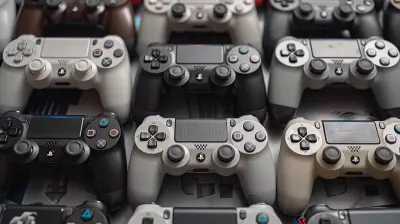
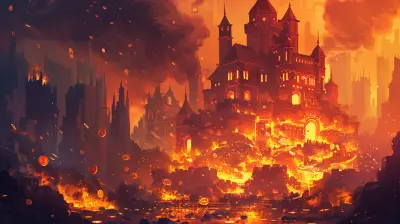
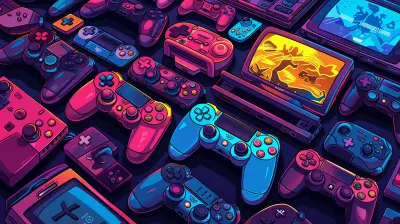
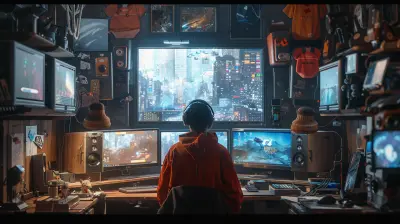
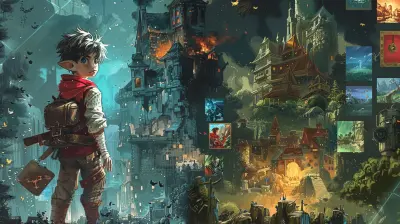

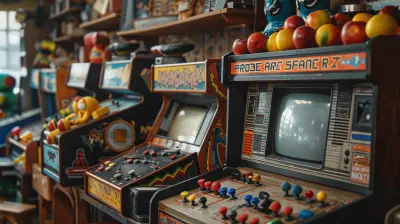
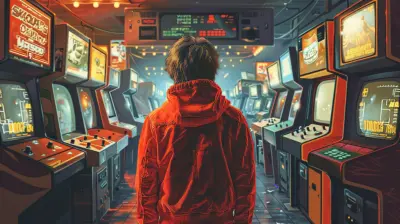

Stacey Gill
Ah yes, because nothing screams 'epic gameplay' quite like a tiny plastic soldier. Who needs strategy when you have a glorified dollhouse? Forget depth—bring on the 50-page rulebook just to figure out how to paint it!
February 3, 2025 at 3:54 PM